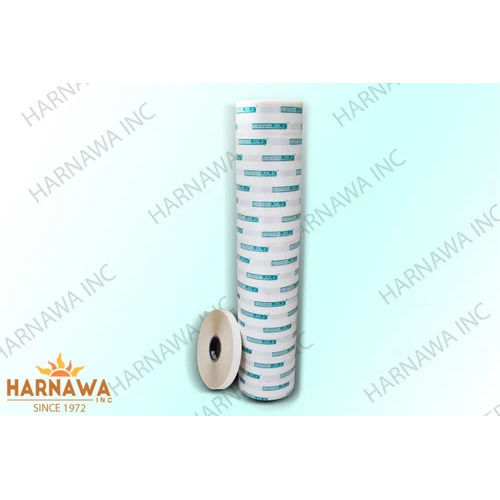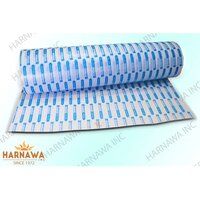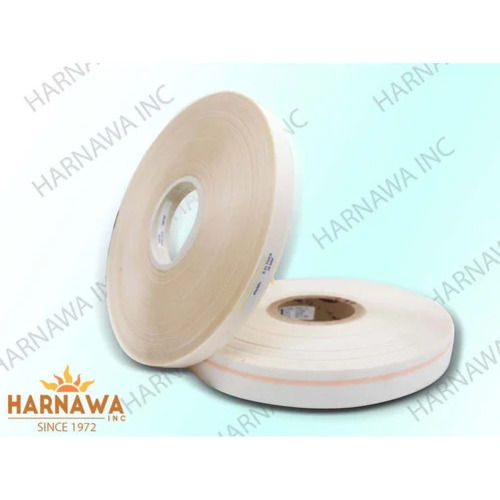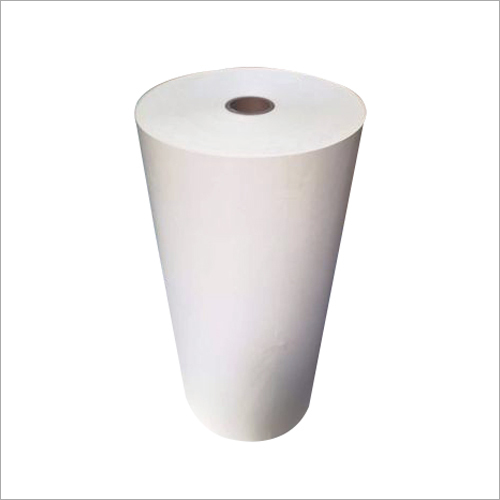- Home Page
- Company Profile
-
Our Products
- Fiberglass and Insulation Sleeves
- Fire Resistant Sleeve
- Insulation Sleeves
- Polyester Expandable Braided Sleeves
- SRBP Tubes
- Polyurethane Fiberglass Sleeves 1.5 kv
- Varnished Fiberglass Sleeve F Class
- Acrylic Fiberglass Sleeving
- Fire Sleeves
- Polyurethane Fiberglass Sleeve
- PVC Coated Fiberglass Sleeve
- Silicone Coated Fiberglass Sleeve
- Polyurethane Coated Fiberglass Sleeves
- Fiberglass Sleeve ( China Sleeve )
- Fiberglass Sleeving B Class
- Nomex Paper and Electrical Insulation Papers
- Electrical Insulating Paper
- Eurotherm Laminated Nomex Paper NPN
- Pure Aramid Paper
- Laminated Fleece Paper
- Laminated Aramid Paper
- Saturated Fleece Paper
- DuPont Nomex Paper
- Saturated Fleece Paper
- Insulating Kraft Paper
- Insulation Pressboard
- Laminated Nomex
- Electrical Insulation Papers and Laminates
- Pure Aramid (Nomex) Paper
- Laminated Fleece
- Black Kraft Paper
- Amotforse Brown Kraft Paper
- Diamond dotted Paper
- Fiberglass and Insulated Cables
- Glass Epoxy Sheets and Wedges
- Varnishes and Thinners
- Electrical Insulation Tapes
- Electrical Insulation Sheets and Fabrics
- PTFE Wire
- Silicon Cable
- Insulation Film
- Fiberglass and Insulation Sleeves
- Certificates
- Contact Us
Electrical Insulation Papers and Laminates
40.0 INR/Kilograms
Product Details:
- Coating Coated
- Size Standard
- Moisture Yes
- Feature Moisture Proof
- Coating Side One Side
- Color multicolor
- Click to view more
X
Electrical Insulation Papers and Laminates Price and Quantity
- 1 Kilograms
- 40.0 INR/Kilograms
Electrical Insulation Papers and Laminates Specification
- Coated
- Moisture Proof
- Yes
- multicolor
- Standard
- One Side
Electrical Insulation Papers and Laminates Trade Information
- 100 Kilograms Per Day
- 3 Days
- Middle East, Asia, North America, Eastern Europe, Western Europe, Africa, Australia, Central America, South America
- All India
Product Description
Electrical insulation papers and laminates serve as crucial insulation and mechanical support for electrical systems and equipment, preventing electrical conduction and ensuring safe and dependable operation. They frequently appear in a variety of electrical devices such as transformers, motors, generators, and other equipment. Here is a detailed breakdown of their characteristics and advantages:
Electrical insulation papers and laminates features:
1. The main purpose of these materials is to offer excellent electrical insulation qualities, inhibiting the flow of electric current and preventing short circuits and electric shocks.
2. Electrical insulation papers are frequently made of premium cellulose fibres, and laminates blend these papers with polyester, epoxy, or phenolic resins. The materials mechanical strength and durability are improved by the resin impregnation.
3. By combining the cellulose fibres strength and the resins reinforcing qualities, laminates create materials that can withstand mechanical stress, vibrations, and impacts.
4. Papers and laminates used for electrical insulation are made to endure high temperatures without significantly degrading. They are useful for heat-generating applications, such as those found in transformers and motors, thanks to their thermal stability.
5. These materials are compatible with insulating liquids, such as transformer oils, and can be used with them. When contact with these liquids is necessary for optimum electrical performance, they are used in such applications.
6. Low dielectric constants of electrical insulation sheets and laminates are crucial in applications requiring little contact with electric fields.
7. These materials can be easily cut, sculpted, and fabricated into specified forms depending on the kind and application, enabling exact customization to satisfy the needs of various components.
Benefits of Electrical insulation papers and laminates:
1. Enhanced electrical safety is the main advantage of electrical insulation sheets and laminates. They guarantee the protection of both employees and equipment by removing the possibility of electrical shocks and short circuits by blocking electrical conduction.
2. These components help make electrical systems more generally reliable. They keep insulation in good condition, lowering the possibility of system failures or breakdowns.
3. Electrical insulating papers and laminates are made to be strong, which leads to longer equipment service lives. The need for regular replacements or maintenance is reduced by its durability.
4. Effective insulation reduces energy loss from leakage currents or inefficiencies brought on by unintended electrical channels, ensuring effective electrical performance.
5. These materials have a wide range of uses and can be used in a variety of electrical systems and devices. They function as winding supports, slot insulation, insulating barriers, and more.
6. Electrical insulation papers and laminates have a high level of resistance to environmental elements like moisture, chemicals, and the elements, ensuring consistent performance even under difficult circumstances.
7. By frequently meeting industry norms and regulations for electrical safety and performance, these materials guarantee that equipment and component quality and safety standards are met.
FAQs:
1. What are the uses of electrical insulation papers and laminates?
Ans - In a range of electrical and electronic applications, electrical insulation and mechanical support are provided by electrical insulation papers and laminates. They are frequently employed to stop electrical conduction and guarantee safe functioning in transformers, motors, generators, and other electrical equipment.
2. What components are utilised in electrical insulation papers and laminates?
Ans - Cellulose fibres can be used to create electrical insulation sheets, and laminates mix these papers with resins like epoxy, phenolic, or polyester. These materials are combined to create composite goods that provide thermal resistance, mechanical strength, and electrical insulation.
3. How do electrical insulation papers and laminates improve safety?
Ans - These materials shield conductive components from electric current flow and prevent short circuits, lowering the possibility of electrical shocks. They are essential for preserving the reliability and safety of electrical insulation systems.
4. Why Should I Use Electrical Insulation Papers and Laminates?
Ans - Electrical insulation papers and laminates have outstanding heat resistance, mechanical strength, and electrical insulation capabilities. They are also compatible with a variety of insulating liquids, including transformer oils. As a result of their capacity to be cut and moulded, they also offer diversity in design.
5. What are some typical uses for electrical insulation papers and laminates?
Ans - These materials are utilised in a variety of applications, including as insulating barriers, interlayer insulation in transformers, phase insulation, coil winding support, and slot insulation in motors and generators. The effective and secure operation of electrical systems depends on them.
Advanced Moisture-Proof Insulation
Our moisture-proof electrical insulation papers and laminates feature specialized coating on one side, ensuring superior protection against humidity and environmental factors. These robust materials play a crucial role in maintaining electrical integrity, thereby extending the service life of industrial equipment and components.
Versatile Application across Industries
Available in multicolor and white, these insulation papers and laminates suit diverse aesthetic and functional requirements. Their reliable moisture resistance makes them ideal for use in electrical, electronic, and power system industries, where insulation performance directly impacts system safety and reliability.
FAQs of Electrical Insulation Papers and Laminates:
Q: How are electrical insulation papers and laminates with one-side coating used in industrial applications?
A: They are primarily employed to insulate electrical components, preventing moisture penetration and protecting against short circuits. The one-side coated surface enhances moisture resistance, making these materials suitable for transformers, switchgears, motors, and various industrial electrical installations.Q: What benefits do coated electrical insulation papers and laminates offer over non-coated alternatives?
A: Coated insulation papers and laminates provide superior moisture-proof properties, extending the lifespan of electrical systems and improving safety. They also help maintain performance consistency in challenging environments, reducing maintenance frequency and costs.Q: When is it appropriate to use multicolor or white insulation papers and laminates?
A: The choice between multicolor and white insulation papers depends on the applications specific aesthetic or identification needs. While both colors deliver equal moisture protection, multicolor options aid in component differentiation, and white provides a clean, neutral look.Q: Where are moisture-proof electrical insulation papers and laminates manufactured and distributed?
A: These products are manufactured, exported, and supplied throughout India by experienced distributors, exporters, importers, manufacturers, suppliers, and traders, ensuring availability for a range of industrial sectors.Q: What is the process for applying one-side coated insulation papers and laminates?
A: They are typically applied to electrical assemblies by precisely cutting them to standard sizes and then affixing the coated side to the surface requiring enhanced moisture resistance, ensuring optimal insulation performance.Q: How does moisture-proofing benefit electrical insulation materials?
A: Moisture-proofing prevents water ingress, which can compromise insulation properties and lead to electrical failures. Enhanced resistance to humidity ensures reliability, safety, and durability for sensitive electrical installations.Tell us about your requirement

Price:
Quantity
Select Unit
- 50
- 100
- 200
- 250
- 500
- 1000+
Additional detail
Mobile number
Email

 Send Email
Send Email 


















 Send Inquiry
Send Inquiry Send SMS
Send SMS Call Me Free
Call Me Free
 English
English Spanish
Spanish French
French German
German Italian
Italian Chinese (Simplified)
Chinese (Simplified) Japanese
Japanese Korean
Korean Arabic
Arabic Portuguese
Portuguese